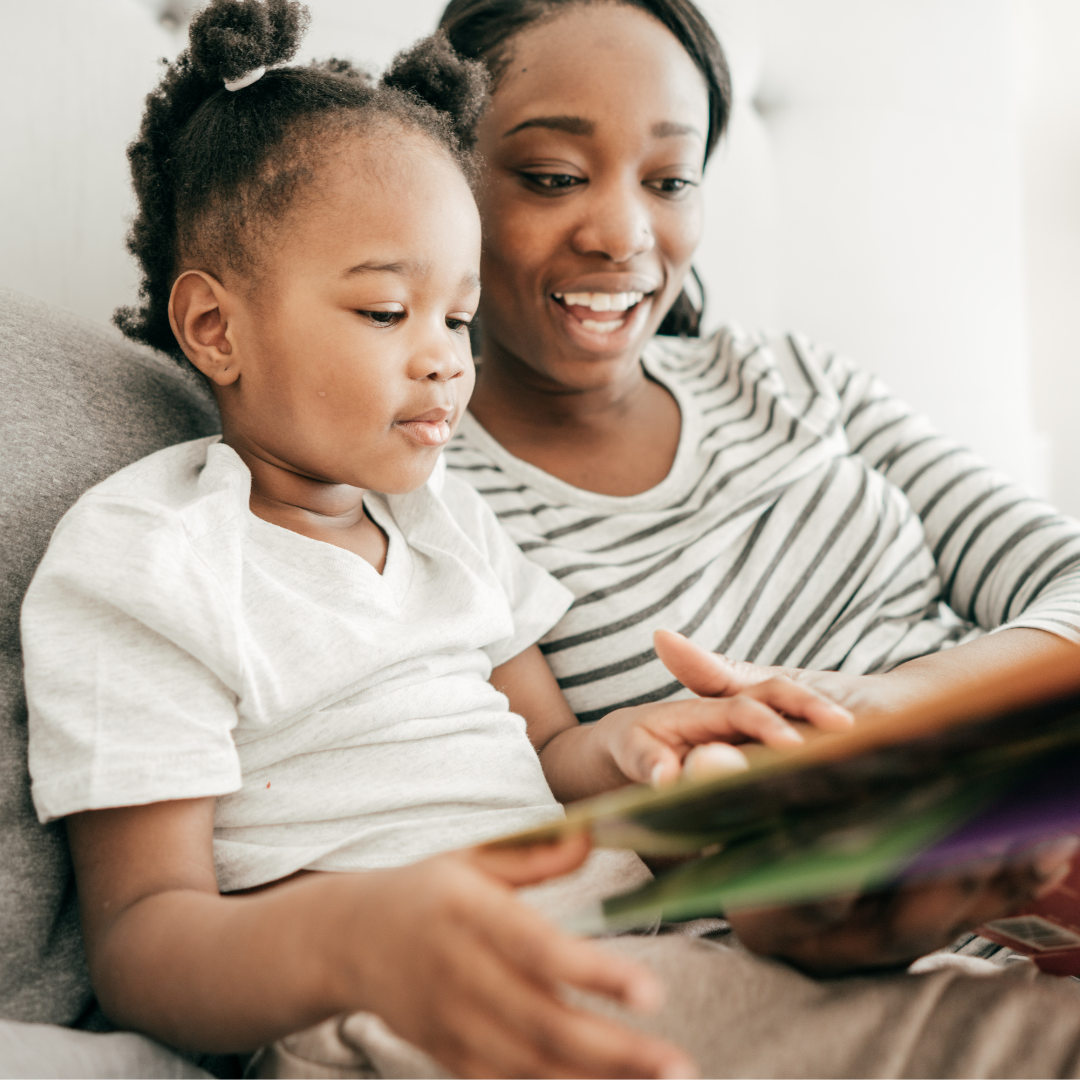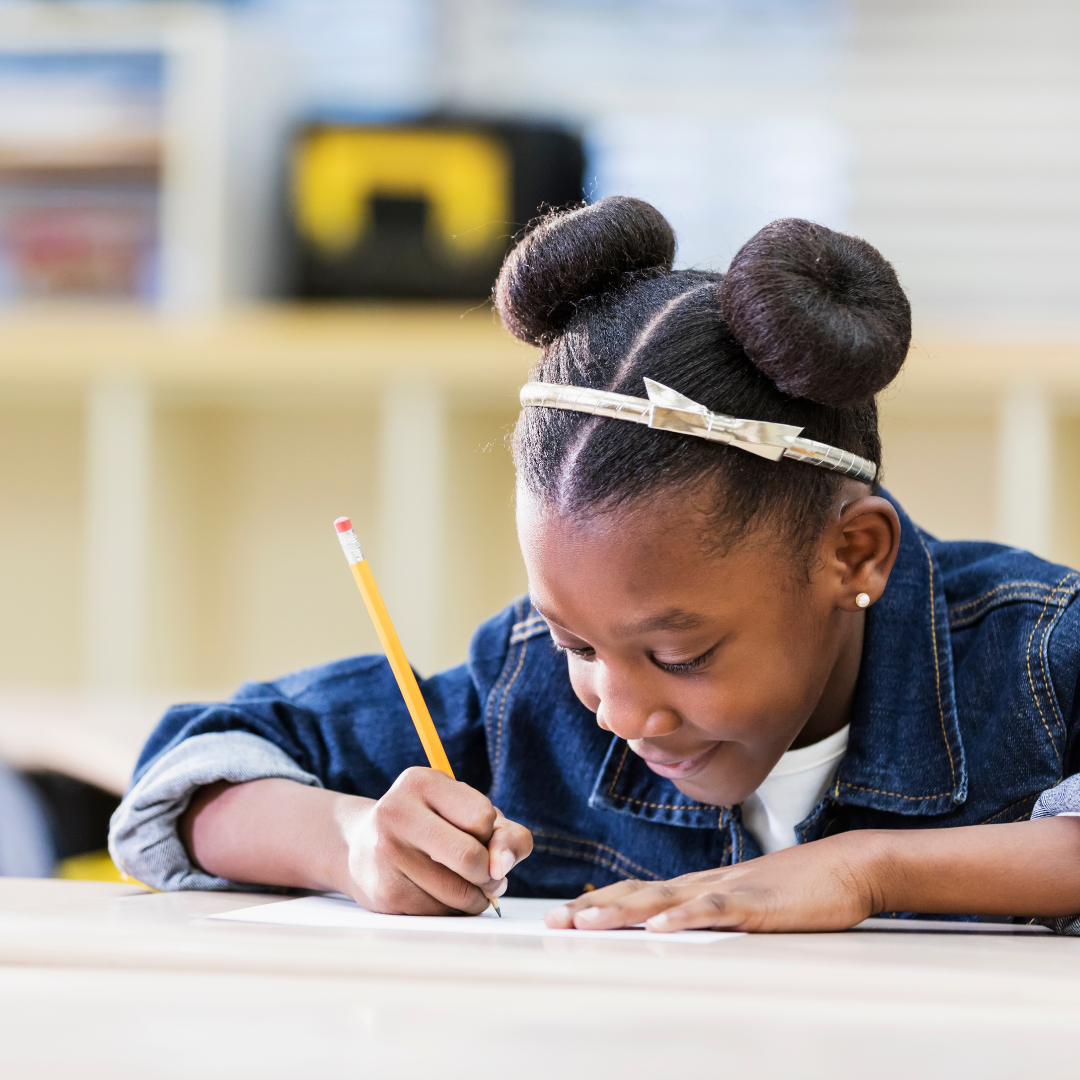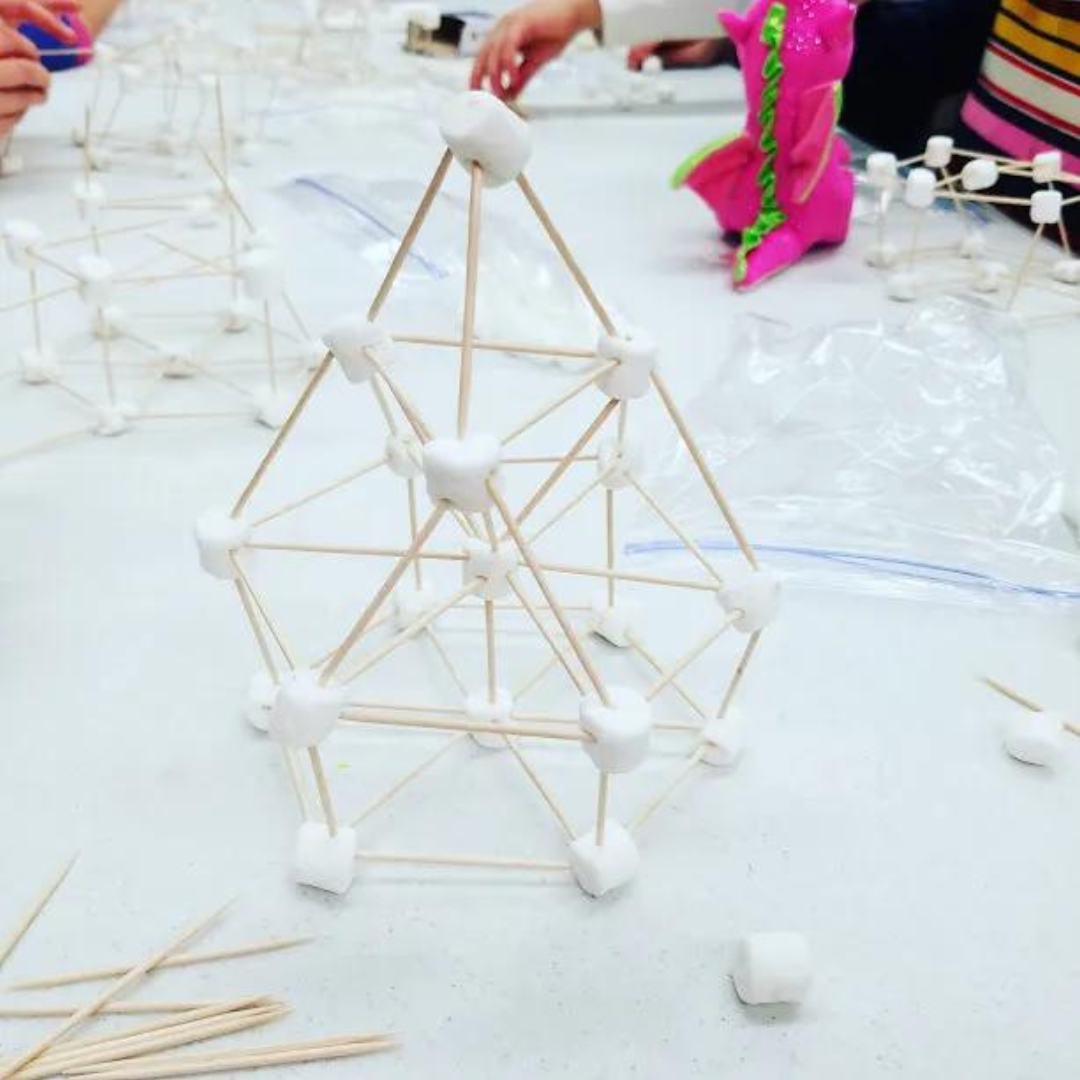25 Ways To Keep Your Kids Engaged During Winter Break
Winter break begins as a season of joy for most children, as they receive well-earned time away from school and the chance to spend quality time with their families. In the early days of break, children have time to catch up on sleep, decompress from any stress they have from school, and are met with plenty of free time to do the things they enjoy most – which is a recipe for rest and relaxation. Studies have shown time and time again that down time like this can help children improve their memory, reduce stress, increase attention spans, and maintain healthy levels of energy.

The Challenge of Winter Break
Despite the benefits of winter break, many parents witness their child’s joyful attitude fade as the break continues. Some children lose their energy and momentum as the holidays progress, and feelings of boredom and blues run rampant. Whether it’s due to the absence of school friends and regular routines, the addition of extra screen time and busy holiday schedules, or something else altogether, this dip in energy can make the post-holiday return to school much more difficult for children and parents alike.
Create Balance For Children During Winter Break
While holiday blues are a different can of worms, one of the best ways to help your child through their feelings of boredom and low energy during the holidays is finding ways to engage them. It’s less about staying busy, since placing a focus on scheduling tons of activities or letting screen time run rampant can lead to children feeling more irritable and unwell. The goal to strive for is balance – and here are four ways to help you find it for your family.
- Try to stick to a routine (even if it’s one specifically for the holiday season!). Routines can help children feel safe and secure in their environment, and create space for them to readily engage in learning (Head Start). If you’re struggling to adapt your routine to the holidays, or you’re finding it hard to implement one in the first place, it may be time to give your pediatrician a call and ask for their expert advice.
- Do your best to practice recommended screen time limits. It can be easy to give your child unrestricted access to screen time, especially during holiday breaks. However, some studies have begun to link regular abundance of screen time for young children with certain developmental delays (Health Matters), as well as childhood anxiety, depression, and aggression (NIMH).
- Make space for independent down time, as well as time to relax with family and friends. Building quiet time into your child’s routine has an abundance of benefits both in and out of the holiday break, and spending quality time with your child is similarly beneficial for them.
- Engage your child with fun activities that you can do together! It sounds simple, but it can be a real challenge to come up with things to do with your child, especially ones that double as learning opportunities. Luckily for you, we’ve compiled a list of 25 ways to help you keep your child engaged during the winter break, complete with a bingo card to help both of you stay motivated!
25 Ways To Keep Your Kids Engaged During Winter Break
Most of these craft-based activities are geared toward children between preschool-age and middle school, but can be modified to be safe and fun for younger and older children alike. We recommend that parents use their best judgment to determine whether a craft or activity is suitable for their child.

Bake Something Together
Baking can be a great way to spend quality time together with your child, along with giving them an opportunity to learn more about measuring, mixing, and making messes that can be cleaned up while your treats bake in the oven. Here is a great kid-friendly recipe for easy Christmas cutout cookies, which your child can decorate afterwards with icing and sprinkles.

Help with Holiday Decorating
Whether it’s putting ornaments on the tree, hanging up stockings, or wrapping presents for friends and family, there is plenty of holiday decorating that your children can help with! This is a great way to challenge their creativity and independence.

Create Homemade Christmas Ornaments
The beauty of making ornaments yourself is that there are a million and one ways to do it. You can help your child paint clothespins to look like reindeer and snowmen, roll and cut cinnamon or salt dough into snowflakes and Santas, or glue pom-poms into pinecones – and that’s just the start! Here are 75 ideas for ornaments that you can make with your child.

Craft Homemade Bird Feeders
Many children take delight in watching from the window as birds and squirrels nibble on seeds, and it can be just as fun (if not more!) for them to make the bird feeders themselves. Here are 4 eco-friendly bird feeder crafts that you can make with your child this winter.

Decorate a Gingerbread House
Baking, building, and bedazzling gingerbread houses is a classic holiday tradition for many families. Consult your child on the yummiest candy to decorate their delicious little house. It can be tempting to help your child “do it right,” but it’s important to let them try and construct their gingerbread house themselves – even if it isn’t perfect!

Have a Holiday Family Movie Night
Go all out for a family movie night, holiday-style! Pop some popcorn, bake some cookies, and use the leftover candy from the gingerbread houses (if there is any!) to make this movie night extra special. You can show your child one of your classic holiday favorites, or check out this list of kid-friendly holiday movies from Common Sense Media!

Do a Winter Scavenger Hunt
When it’s not too cold outside, it can be fun to explore your neighborhood with your child on a scavenger hunt walk! You can make up your own list of things for them to find and vary the level of difficulty by their age, or you can use this list of 4 free winter scavenger hunt pages to use with your child.

Build a Family Fort
Pillow and blanket forts may be messy, but they’re well worth it for the source of joy they bring to children. This is a great way to encourage independent play. They may need some help setting it up, but once it’s made, it’s a platform for hours of imaginative fun.

Practice Wintery Yoga
Yoga is a great way to get your child moving in the warmth and comfort of their home, but it can be tough to know where to start. You can always try Cosmic Kids Yoga, which encourages children to follow along with a story while challenging them with different yoga poses. You and your child can try their Christmas Special video to celebrate the season!

Go On a Tacky Light Tour
As we get closer to Christmas, many homes participate in the infamous “Tacky Light Tour” across America. In Virginia, thousands of families spruce up their homes and lawns with a truly insane number of lights and decorations for you and your child to visit. Check out the official Tacky Light Tour website to see what homes near you are participating!

Visit the Library
The library is a terrific and inexpensive activity during the winter break. Not only is it a place where your child can explore a wide selection of kid-friendly books, but many libraries have children’s sections with all kinds of toys for them to play with. Some libraries even have Nature Backpack Programs, which are a great way to get your child excited about the outdoors.

Donate Toys to Charity
As parents prepare to welcome more toys into their homes over Christmastime, many of your child’s existing ones they’ve grown out of may find their way into the attic or a closet for safekeeping. This is a great opportunity to teach your child the importance of giving as you help them prepare a donation box of toys they no longer need for sharing with others.

Do a Puzzle Together
Completing an entire puzzle can be a multi-day adventure! There are many puzzles that picture maps of the world or country to help your child learn about geography, and others that depict masterpieces by famous artists, which gives you an opportunity to teach your child more about the artist and their life.

Read Books Together
Even if your child is too old to have you read to them, it can be comforting to sit together (somewhere warm and wrapped up in blankets) and have a cozy reading corner for a few hours. Many parents struggle to find time to read a good book, and this could be your opportunity to catch up on your reading list!
Toy Ice Rescue
Many children have plastic toys and action figures that are perfect for this activity. Place the toys in a bowl of shallow water or a muffin tin, pop them in the freezer for a few hours (or overnight!), and let your child try to rescue their toy through any manner of creative tactics they come up with. Here are some ideas to get them started on their frozen toy rescue!

Write a Short Story
Writing is a great way to ignite a child’s imagination. There are very few materials needed – a pencil, crayons, and paper – and a million places it could go. Here is a great guide to help your child learn the basics of writing a story, from once upon a time to the end!

Build a Bear Den
A “bear den” is constructed very similarly to the family fort, but it serves a specific purpose. Line the inside of the “den” with blankets and pillows, and use this as an opportunity to teach your child about how hibernation works. They can stuff their shirts full of wooden food from play kitchens to preserve energy, and nuzzle up in the den with their stuffed animals for a nap or some quiet time.
Make Frozen Suncatchers
Using a shallow bowl of water and “treasures” from nature that your child finds outside, you can create a frozen suncatcher. Your child can try to guess how long it will take to melt in the winter sun, slide it down the sidewalk into a goal drawn in chalk, or come up with something else altogether!

Have an Indoor Snowball Fight
Wool dryer balls, yarn balls, balled (clean) socks, cotton puffs are all great options for an indoor “snowball” fight! If you’re feeling active, run and hide behind furniture while you let your child pelt you mercilessly with snowballs. If they’re brave, have them do the running and dodging!

Construct a Cardboard City
Using boxes from around your home, all you’ll need is a box of crayons, markers, and safety scissors, and you’ve got a cardboard city in the making! Let your child use their imagination and motor abilities to craft their skyline or make their dream home.

Have a Family Game Night
Whether it’s Candyland, Yeti Spaghetti, or Exploding Kittens, there are great games for a wide range of ages that you and your child can enjoy together. Playing board games is a terrific way to bond with your child and teach them all kinds of skills – including how to graciously accept defeat!

Donate to a Food Bank
This is one of the busiest times of year for food banks to receive donations, and it’s a great opportunity to help your child learn how to support those in need. Find a local food pantry or food bank and make sure to read up on the kinds of donations they need most. Then, take a trip to the grocery store with your child and let them help you fill the cart, then donate it together!
Create a Snow Sensory Bin
Snow sensory bins can be a great way for your child to spend an afternoon. The “snow” can be shredded bits of paper, cotton balls, white rice, insta-snow – whatever you’re willing to clean up afterwards! Bonus points if you give your child some toy excavators or utility trucks to dig around and explore the surprises inside the bin.
Build a Candy Igloo
This is a fun STEM activity that can be paired with a learning opportunity about igloos! Whether your child builds their mini igloo with toothpicks and marshmallows, sugar cubes, or sticks of gum, this is a delightful craft with endless possibilities for imagination and creativity.
Make a Gratitude Collage
Practicing gratitude is an incredibly important skill for your child to learn, as gratitude has been shown to lower anxiety, depression, and stress, as well as improve heart health and sleep (UCLA Health). Creating a gratitude collage with your child is a clever way to help them grow this skill.
We hope this gave you some ideas for ways to engage your child during the holiday break! As always, if you have questions or concerns about your child and their behavior, reach out to your pediatrician. Pediatricians are experts at childhood health and development, and they’re here to help.
Next time you see your child’s pediatrician, be sure to let them know about the Virginia Mental Health Access Program, and how they could use it to benefit their patients!










